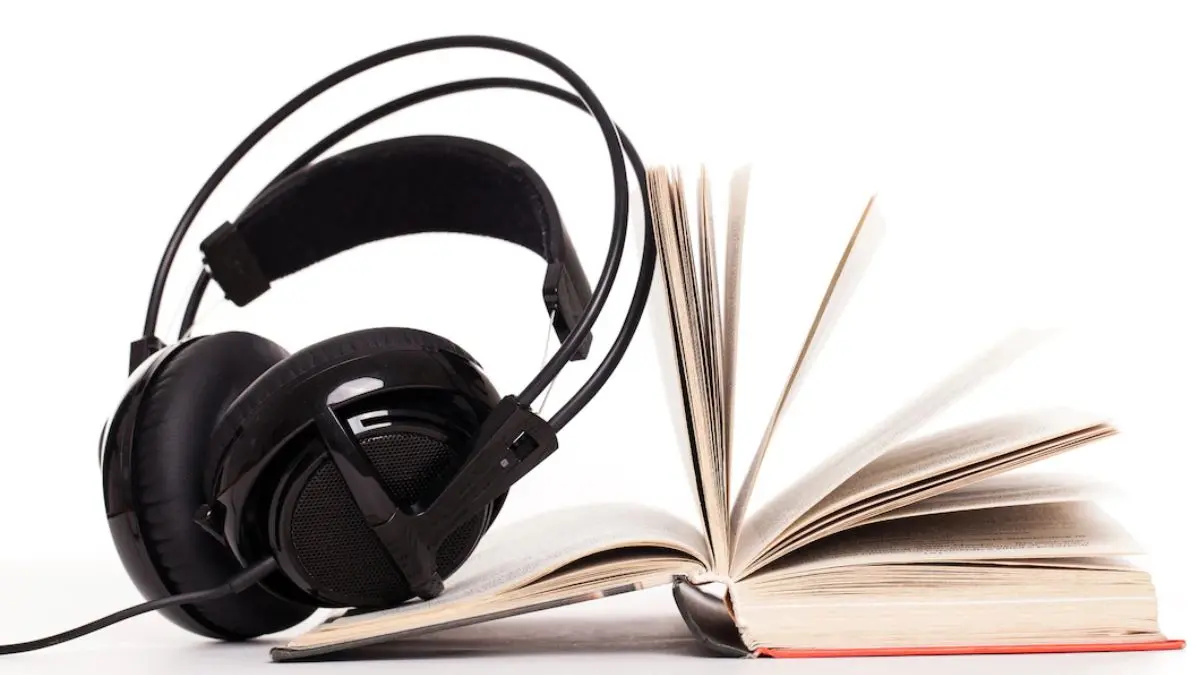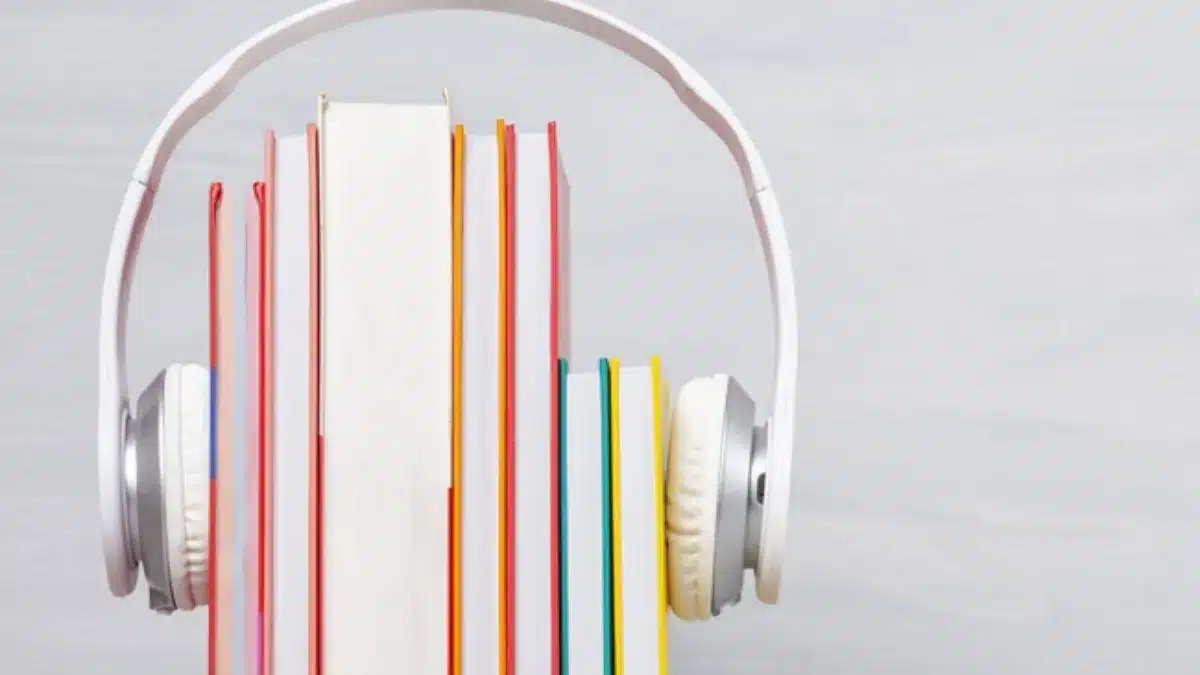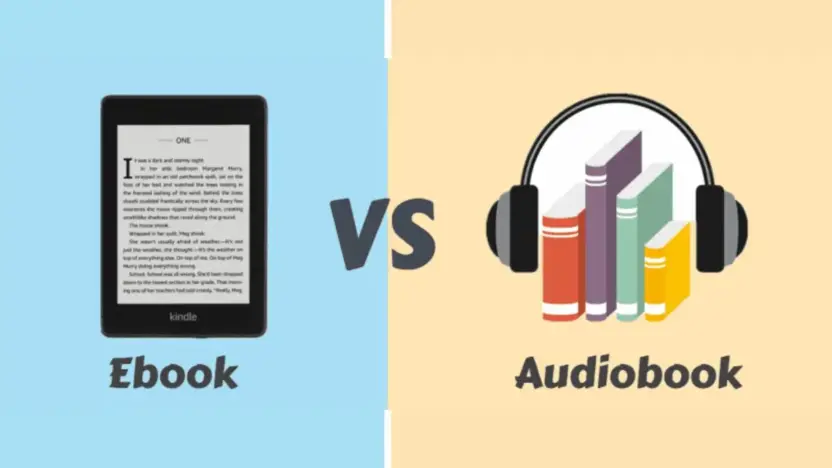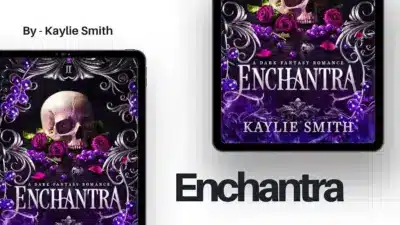In a world that’s constantly on the move, finding time to read can feel like a luxury. Between meetings, errands, and everything in between, busy readers often struggle to fit traditional reading into their packed schedules. Thankfully, modern technology offers two incredibly convenient alternatives: ebooks and audiobooks. But when both formats are designed for convenience, which one truly suits a fast-paced lifestyle better? Let’s break down the strengths, weaknesses, and ideal use-cases of each to help you decide “Ebooks vs. Audiobooks” and which one deserves a spot in your routine.
Understanding the Basics
Before diving into the comparison, let’s define each format.
- Ebooks are digital versions of print books, readable on devices like Kindles, tablets, smartphones, and computers. They mimic traditional reading but offer added convenience like portability, font customization, and night mode.
- Audiobooks are spoken-word versions of books, often narrated by professional voice actors or even the authors themselves. You can listen to them via apps like Audible, Spotify, Libby, or Google Play Books.

A Quick Comparison Table
| Feature | Ebooks | Audiobooks |
|---|---|---|
| Reading Style | Visual (reading on screen) | Auditory (listening) |
| Multitasking Capability | Low – requires full attention and eyes | High – can listen while driving, walking, cleaning, etc. |
| Device Requirement | eReader, tablet, phone, or PC | Any device with audio support (phone, car, smart speaker, etc.) |
| Accessibility | Adjustable fonts, background color, text-to-speech (some devices) | Great for visually impaired; hands-free |
| Comprehension | Easier to highlight, re-read, and take notes | Depends on narration speed and listener focus |
| Storage and Portability | Stores hundreds of books in one device | Streams or downloads easily, saves phone storage if streamed |
| Battery Consumption | Consumes moderate battery | Consumes less battery (especially when screen is off) |
| Cost | Usually cheaper than print; some free titles available | Can be pricier due to narration costs; free options on apps like Libby |
| Speed Control | Reader-dependent speed | Adjustable playback speed (0.5x to 3x) |
| Engagement | High for focused readers | High when narrated well; immersive storytelling experience |
| Learning/Retention | Better for note-taking and studying | Good for passive learning; retention varies by listener |
When Ebooks Win
1. Ideal for Focused Reading Sessions
If you’re someone who enjoys reading in silence with a hot cup of coffee, ebooks can feel just as satisfying as a paperback. They allow you to immerse yourself fully in the author’s words without distractions. Features like highlighting, note-taking, and built-in dictionaries make ebooks great for deep reading and study.
Example: A student reading a history textbook on a Kindle can easily highlight key dates, annotate sections, and return to them later for review.
2. Great for Short Wait Times
Ebooks shine during short breaks—like waiting for a dentist appointment or during a commute on public transportation. Since most people already carry smartphones, opening an ebook app is just a tap away.
3. Better for Complex Content
Certain genres—like academic texts, self-help books, or fantasy novels with complex lore—are easier to follow visually. You can flip back, re-read paragraphs, or check maps and diagrams.
Example: Reading The Name of the Wind by Patrick Rothfuss on an ebook allows you to easily jump to the glossary or revisit a chapter without losing track.
When Audiobooks Steal the Show
1. Perfect for Multitasking
This is where audiobooks truly shine. Whether you’re jogging, commuting, folding laundry, or cooking, you can still “read” without sacrificing your daily productivity. For busy readers, this means books can become part of your everyday routine without demanding undivided attention.
Example: Listening to Michelle Obama’s Becoming during your morning run adds inspiration to your exercise and keeps you on track with your reading goals.
2. A Unique Performance Experience
Some audiobooks go beyond reading—they perform. With background music, multiple narrators, or emotional storytelling, audiobooks can bring characters to life in a way that text sometimes can’t.
Example: The full-cast narration of Daisy Jones & The Six by Taylor Jenkins Reid adds depth to the story and makes it feel like you’re listening to a documentary.
3. Ideal for Slow or Struggling Readers
For those who find reading difficult due to dyslexia or vision impairments, audiobooks offer an inclusive way to access stories and knowledge. Many educational systems are now incorporating audiobooks as learning aids.

Situational Suitability: Which One Should You Choose?
To help you decide, here’s a look at typical scenarios and the better format for each:
| Scenario | Best Format | Why |
|---|---|---|
| Driving to work or stuck in traffic | Audiobook | Hands-free listening keeps you safe and entertained |
| Sitting in a doctor’s waiting room | Ebook | Easy to open and start reading immediately |
| Doing house chores | Audiobook | Multitasking at its finest |
| Studying or preparing for an exam | Ebook | Highlighting, notes, and re-reading are essential |
| Traveling light on vacation | Ebook | Carry hundreds of books without the weight |
| Unwinding before bed | Audiobook | Listening with eyes closed helps you relax without screen exposure |
| Practicing active listening skills | Audiobook | Develops focus, memory, and auditory learning |
| Reading with a toddler around | Audiobook | You can still “read” while keeping an eye on the little one |
Costs and Accessibility
Both formats offer budget-friendly and premium options.
- Ebooks: Kindle Unlimited, Google Play Books, and Project Gutenberg offer millions of ebooks at low or no cost. Many libraries also support borrowing ebooks through apps like Libby or OverDrive.
- Audiobooks: Audible dominates the paid audiobook market, but free alternatives like LibriVox, Spotify audiobooks, and Libby can keep your wallet happy.
Some subscription services even combine both formats. For instance, Scribd offers unlimited access to ebooks, audiobooks, and more under one monthly fee.
The Hybrid Reader: Why Not Both?
You don’t have to choose just one. In fact, some of the best reading habits come from mixing both formats depending on your situation.
Many platforms now offer Whispersync, which allows you to switch between ebook and audiobook seamlessly. Start reading an ebook at lunch, then pick up right where you left off with the audiobook on your commute home.
Example: Read a chapter of Atomic Habits by James Clear on your tablet in the morning, and listen to the next one on your drive.

Final Verdict: There’s No One-Size-Fits-All
Both ebooks and audiobooks are fantastic tools for busy readers, but your ideal format depends on how you consume content and when you read.
- Choose ebooks if you like to read actively, take notes, and immerse yourself visually.
- Choose audiobooks if you love multitasking, enjoy storytelling performances, or want to maximize idle time.
At the end of the day, the best reading format is the one that fits into your life. Whether it’s text on a screen or words in your ears, what matters most is that you’re still discovering, learning, and enjoying stories.
What about you—do you prefer flipping virtual pages or letting a voice narrate your next adventure? Let us know in the comments!
Also Read: Traditional Publishing vs. Self-Publishing: Which Is the Better Path for Authors?



